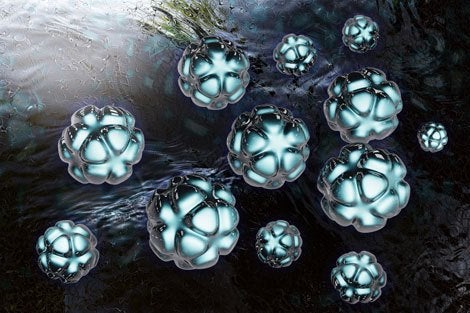'Smart' packaging preserves food and enhances safety without plastic waste
Researchers have developed an alternative “smart” packaging material that keeps harmful bacteria and spoilage microorganisms off of food and plastic pollution out of the environment.
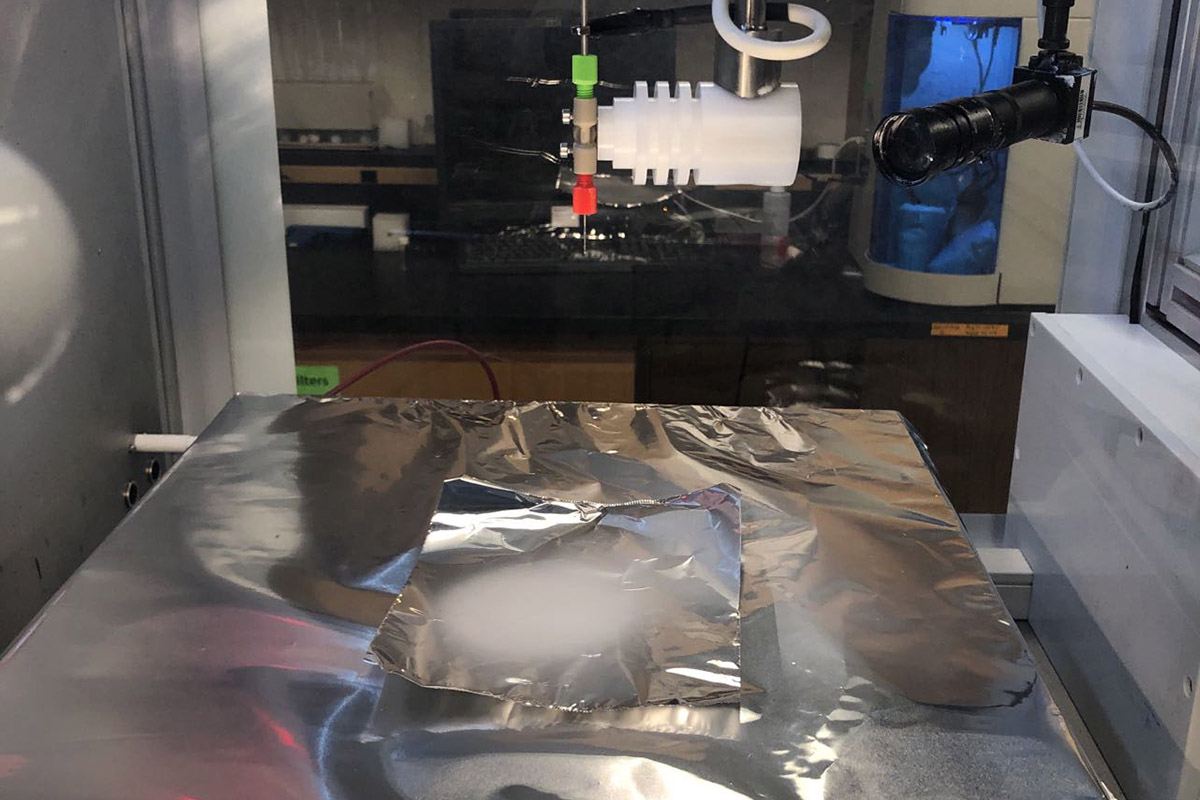
Scientists warn about airborne coronavirus infection
Experts say that tiny viral particles that linger in the air in indoor spaces are likely a significant source of coronavirus infection.

Cleaning hands without water
Dirty hands can spread the germs that cause numerous diseases, and these diseases sicken millions worldwide each year. Current hand hygiene practices involve washing with soap and water and using antiseptic hand rubs, but both methods have drawbacks.…
Could a nanofiber help fight the obesity epidemic?
July 13, 2018 — You won’t smell it. You won’t taste it. And you certainly won’t see it. But a nanocellulose material derived from all-natural substances could potentially become a food additive that reduces fat digestion and absorption…
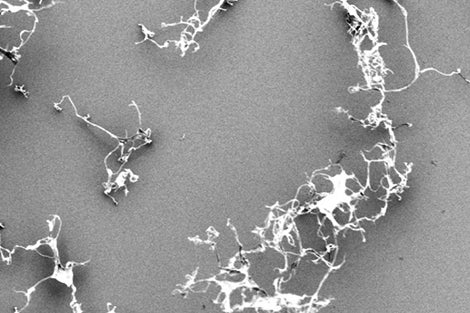
New Center to assess safety of engineered nanomaterials
August 16, 2016—Engineered nanomaterials (ENMs)—which are less than 100 nanometers (one millionth of a millimeter) in diameter—can make the colors in digital printer inks pop and help sunscreens better protect against radiation, among many other applications in industry and…
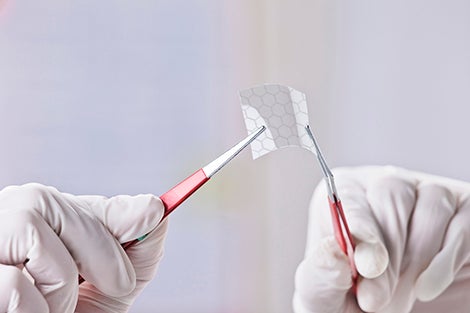
Laser printing has gone ‘nano’ — but is it safe?
Researchers recommend that laser printers be kept in well-ventilated areas August 11, 2015 — Manufacturers of toner used in consumer laser printers and other printing equipment are incorporating engineered “nano” materials into their formulations to improve quality. It’s…
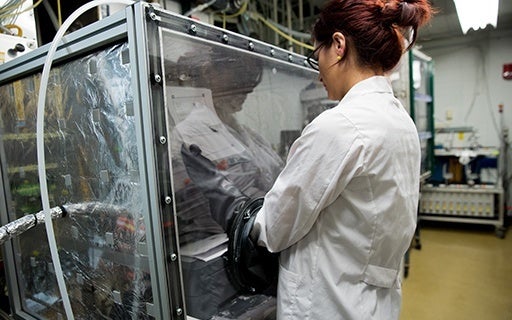
Food microbes beware: It’s raining nanobombs
March 18, 2015 -- Can super-tiny droplets of water sprayed at strawberries, spinach, and lettuce kill deadly food pathogens? Philip Demokritou, associate professor of aerosol physics and director of the Laboratory for Environmental Health NanoSciences at Harvard T.H.…
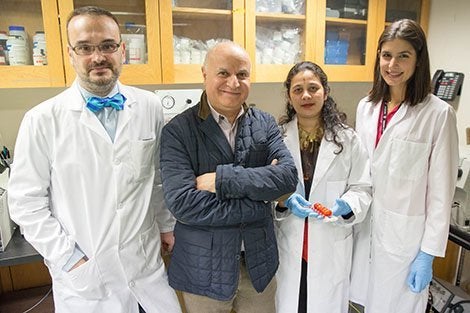
Fighting bacteria with nanotechnology
Nanoparticles with microbial properties have proven effective in fighting bacteria; however, some may cause health risks to humans such as damage to the lungs. But now, researchers at Harvard School of Public Health (HSPH) have developed a technique…
The nano state
[ Spring 2014 ] Can tiny engineered particles help protect us from infectious disease? Hotel rooms, subway cars, offices, airplanes, cruise ships: to most people, the air they breathe inside these places seems benign, if sometimes stuffy and stale. But…

Researchers develop technique to measure quantity, risks of engineered nanomaterials delivered to cells
For immediate release: March 28, 2014 Boston, MA— Thousands of consumer products containing engineered nanoparticles — microscopic particles found in everyday items from cosmetics and clothing to building materials — enter the market every year. Concerns about possible…
